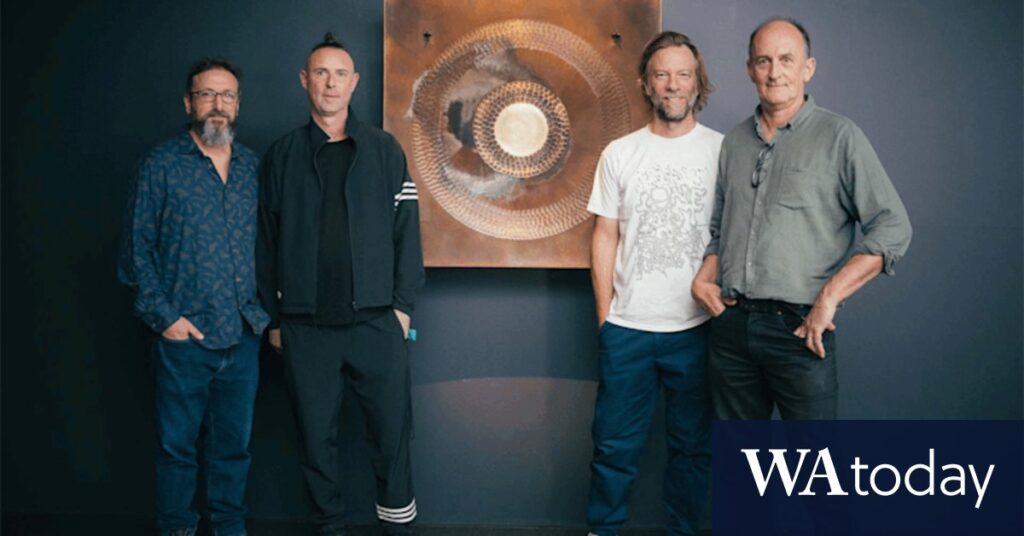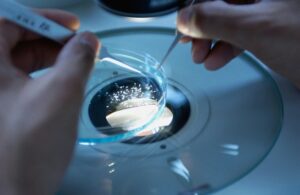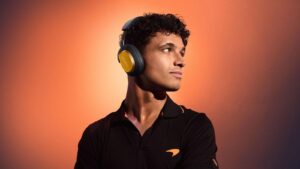
In the heart of one of the world’s most isolated cities, a groundbreaking fusion of art and science is raising profound ethical questions about the nature of life itself. Perth, Australia, has become an unlikely epicenter for experimental projects that challenge our understanding of sentience and existence. At the forefront of this movement is SymbioticA, a unique artistic laboratory embedded within the University of Western Australia’s School of Anatomy and Human Biology.
“We are in uncharted territory. These are not conversations that can be left just to scientists or corporations,” said Oron Catts, co-founder of SymbioticA. The lab has been pushing the boundaries of possibility for 25 years, creating works that provoke debate about the ethics of manipulating life. From a miniature jacket grown from mouse stem cells to a micro replica of artist Stelarc’s ear, the projects are as strange as they are groundbreaking.
Art Meets Science: A New Frontier
SymbioticA was founded with the vision of bringing artists into the laboratory to engage directly with living matter, not merely its representations. “From the very beginning, the idea was to bring artists into the lab, to give them access to the actual living matter – not just representations of it – and to see what questions emerge,” Catts explained. This approach has led to projects that challenge audiences to consider not just what is possible, but what is acceptable.
One of the most provocative works to emerge from Perth is Revivification, an installation at the Art Gallery of Western Australia. Here, visitors are confronted by the sight and sound of living cells from the late composer Alvin Lucier, raising questions about agency and consciousness beyond death. Dr. Stuart Hodgetts, a neuroscientist at UWA and a scientific advisor to SymbioticA, noted, “We’re nowhere near this, by any stretch of the imagination, but one day it could, potentially become a sentient system.”
Ethical Implications and Global Conversations
The ethical implications of these projects are vast and complex. In 2008, a miniature jacket made from living mouse cells exhibited at New York’s Museum of Modern Art had to be “killed” because it was growing too fast. Museum curator Paola Antonelli described feeling “cruel” when she had to turn it off. These works often expose the ways human empathy can outpace scientific definitions, as seen when Gingold, an engineer on the Revivification project, admitted to forming an emotional attachment to a cluster of cells known as “Dish Eight.”
SymbioticA’s work has not only been showcased in prestigious venues such as MoMA and the Pompidou in Paris but has also influenced global policy discussions. Despite its international acclaim, the lab has struggled for recognition in its home country. “Australia doesn’t really see art as important, which is frustrating, but it also gave us freedom,” Catts remarked.
The Future of Bioethics and Regulation
The projects emerging from Perth are not just artistic statements but are part of a broader conversation about the future of bioethics. Last month, Perth hosted the international Politics of the Machine conference, organized by Catts, which drew speakers from around the world to discuss these pressing issues. One keynote speaker, neuroscientist Brett Kagan, highlighted the challenges of regulating such rapidly evolving technologies. “We don’t understand enough to be making a call as scientists, let alone politicians or policymakers,” Kagan stated.
As the boundaries between art, science, and ethics continue to blur, the need for thoughtful discussion and regulation becomes increasingly urgent. SymbioticA’s work serves as a catalyst for these conversations, challenging us to consider the implications of creating life in new and uncharted ways.
With SymbioticA currently in “hibernation” following its closure at UWA in June 2024, discussions are underway to reopen the lab at the Art Gallery of Western Australia next year. This move would ensure that Perth remains at the forefront of the global dialogue on bioethics, not just as a spectator but as an active participant.







